NICHD fellows joined together virtually on May 25, 2021, to attend the 16th Annual Meeting for Postdoctoral, Clinical, and Visiting Fellows, Graduate Students and Postbacs. During a one-hour “Career Focus” break-out session, fellows had the opportunity to chat with 10 different career speakers in their virtual rooms. We followed up with our speakers to learn more about their favorite career features and the most frequently asked questions during the retreat!
Colin Echeverría Aitken, PhD
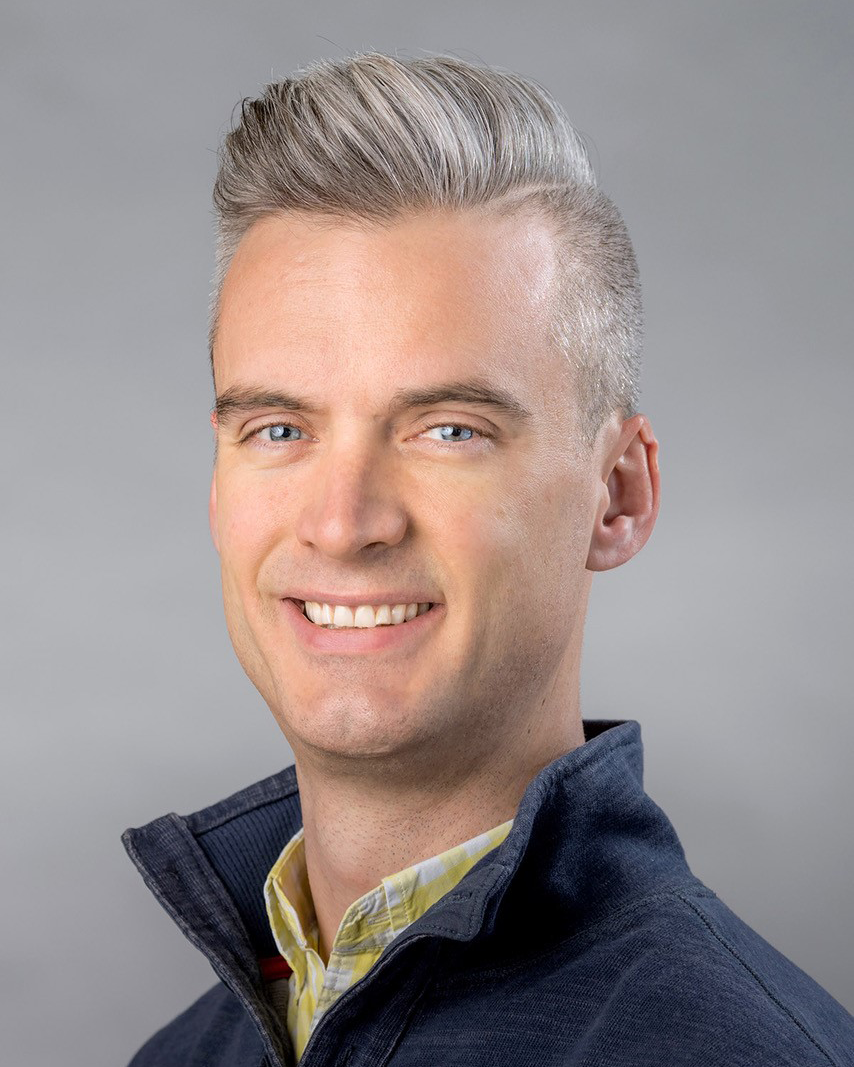
Colin Echeverría Aitken, PhD
What I do: I am an assistant professor of biology at Vassar College, a small liberal arts college. I split my time between teaching (introductory biology, biochemistry, RNA biology, etc.) and running a lab investigating the mechanisms of translation initiation in eukaryotes.
Fun fact about me: I am a proud Colombian-American who loves cycling, soccer, and cooking with my kids.
My favorite feature of my career: Working with motivated undergraduates and helping them discover and develop their own talents.
My most common question: How much teaching experience did I have before applying for my job?
Some, but not a ton. I had worked as a teaching assistant (TA) in one class during graduate school, taken a workshop on inclusive pedagogy (at NIH), and led/run a seminar course for postbaccalaureate students (at NIH). It is possible to get a faculty position at a liberal arts institution without a ton of teaching experience, as long as you make the most of the experience you have had (and sell it well) and demonstrate a genuine interest in (and potential for) teaching in your application, interviews, and teaching demonstrations.
Stephanie M. Cologna, PhD
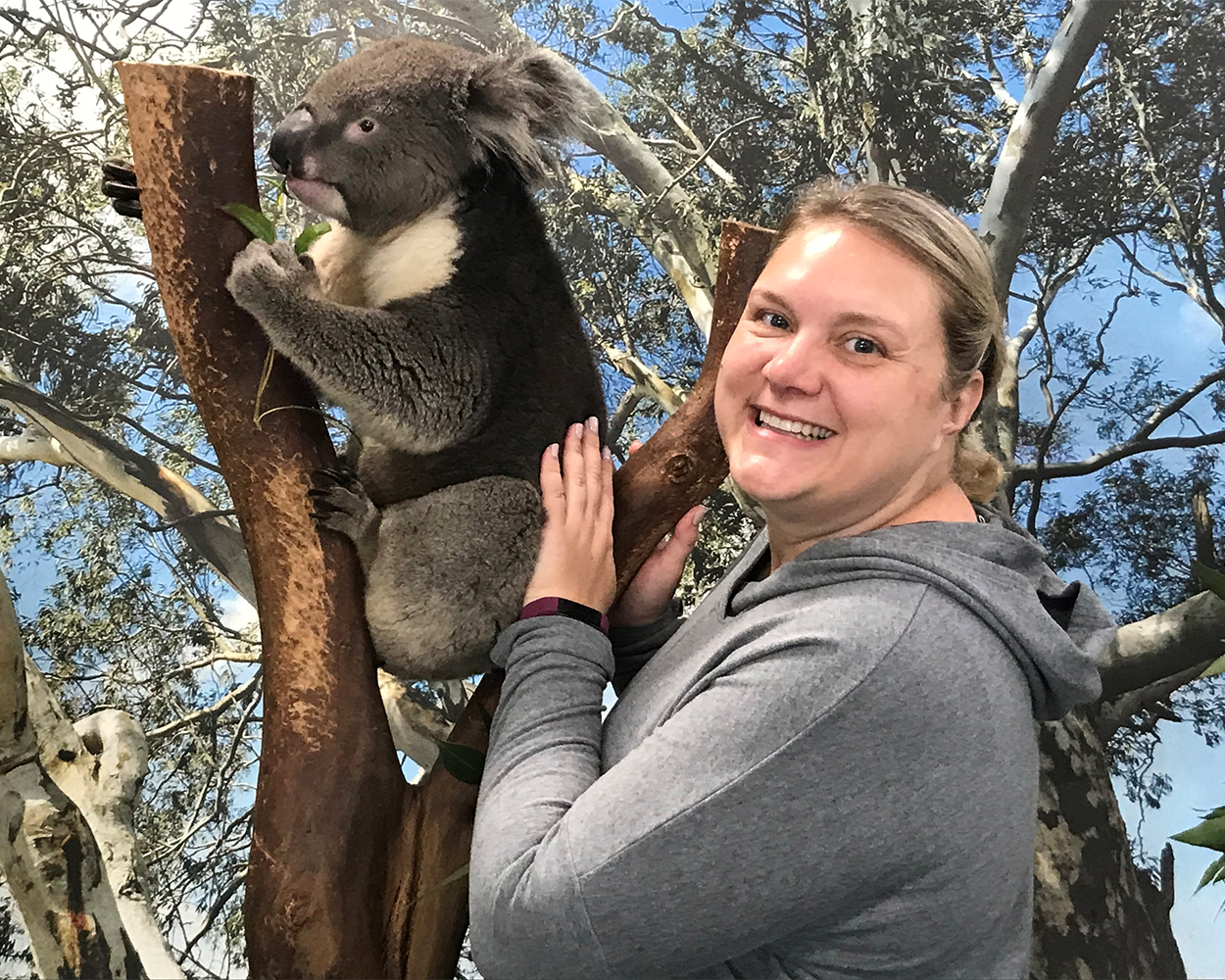
Stephanie M. Cologna, PhD
What I do: I am an assistant professor of chemistry at the University of Illinois at Chicago. I also have appointments in Biological Sciences and Neuroscience. I direct a research program and teach.
Fun fact about me: I recently went to Australia and got to hold a koala!
My favorite feature of my career: My favorite feature of my career is being able to strategize new ideas with my lab and seeing their ideas work!
My most common question: The question I get asked the most is "Did you know you wanted to be a PI?"
The answer is no! I came to realize I love research, learning, and mentoring.
Patrick McCarter, MS, PhD
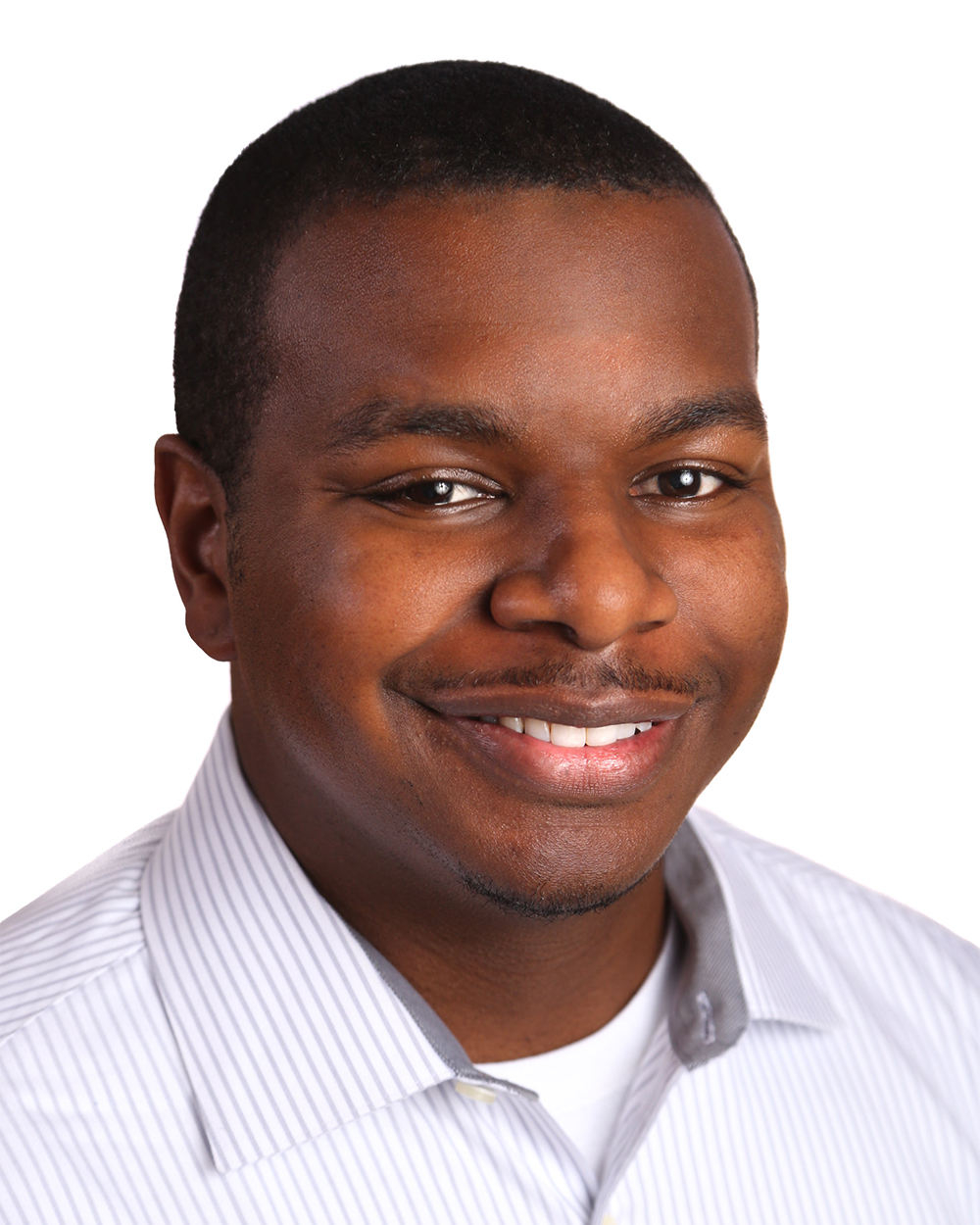
Patrick McCarter, MS, PhD
What I do: I am a data scientist and machine-learning engineer.
Fun fact about me: My most exciting educational experience was spending one month in Addis Ababa, Ethiopia, conducting geophysics research.
My favorite feature of my career: The thing I love most about my career is that I am able to communicate and provide actionable recommendations to anyone in the organization. My role allows me to be an active participant in all aspects of our organization, including the day-to-day workings of finance, marketing, logistics, and operations, to even being able to bring ideas and insights directly to our CEO.
My most common question: How do I transition into a bioinformatics or data scientist role if my background is non-quantitative/not computation?
I would say to never discount your scientific and technical expertise. Your technical expertise and your greater experience will be an asset to any role you take that requires rigorous scientific thinking. The second piece of advice that I give is to find a project or problem of interest and use it as a guide to hone your computational/quantitative skills. Read quantitative articles on that subject and work on recreating the methods that you see, starting with the simplest and most common, and then work your way up to the more difficult and exotic methods.
Brian Rafferty, PhD
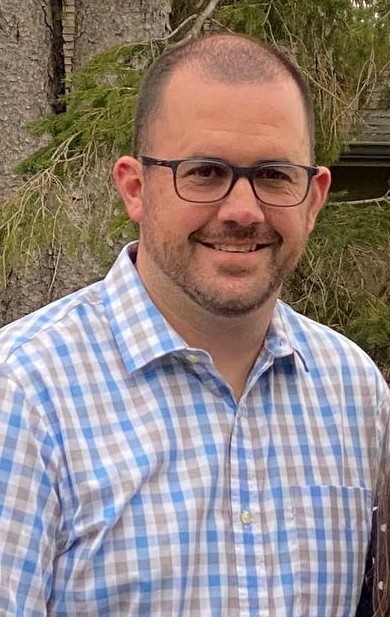
Brian Rafferty, PhD
What I do: As a professor at a community college, my responsibilities include teaching four classes per year, mentoring students who are part of my research team, and various administrative duties (committees, meetings, tutor liaison, assessment coordinator, course coordinator, deputy chairperson).
Fun fact about me: I had no idea what I wanted to do for a career until after I completed my postdoc. Erin Walsh and I worked in the same lab while she was an undergrad and I was a grad student at Binghamton University.
My favorite feature of my career: I get to impact students doing the little things that normally would go unnoticed at large colleges/universities. Having small class sizes at our college allow us to get to know students at a deeper level and provide guidance/opportunities which are better aligned for them.
My most common question: How much do I make, and how much do I teach?
The salaries at CUNY range based on your rank, so I am at the top end of the assistant professor scale which is just over $86,000, but we can earn more through summer and overload courses. Our contractual teaching load is 24 contact hours an academic year, which for biology courses is four courses, each course having three hours of lecture and a three-hour lab per week. A benefit of our college is that we can condense our schedules to three teaching days a week, which frees up days for other responsibilities.
Joe Sanchez, PhD
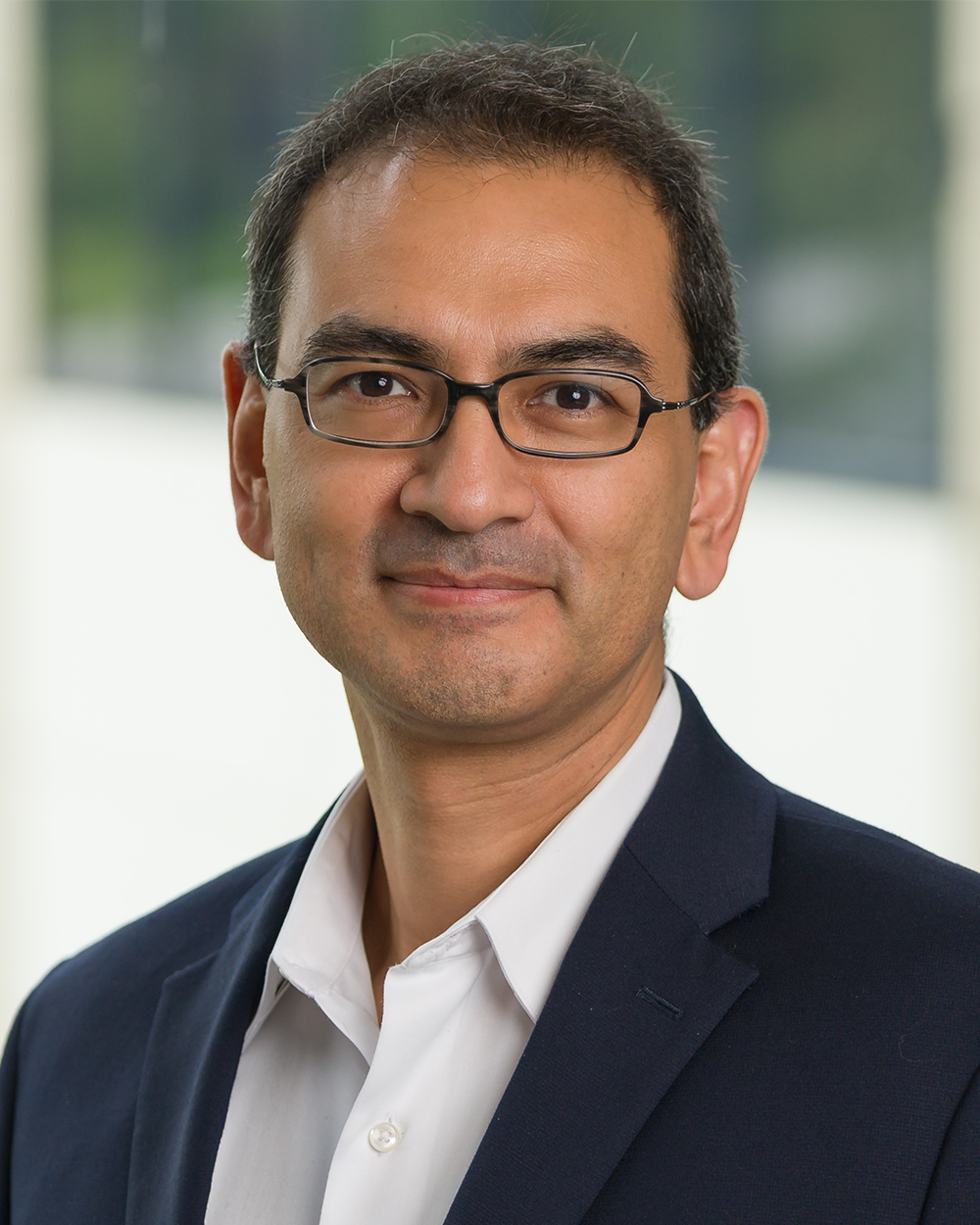
Joe Sanchez, PhD
What I do: I am responsible for private-public biopharmaceutical ecosystem development and STEM educational programming for AstraZeneca, North America.
Fun fact about me: I’ve lived in a dozen different US cities and never attended the same school two years in a row until high school! I believe this is what led to my resilience and adaptability.
My favorite feature of my career: My current job is actually my passion, and what I have always done with my discretionary bandwidth no matter what job roles I’ve had.
My most common question: How do you know what career move to make?
You don’t. In the end, careers are supposed to resemble a biochemical pathways poster. You just have to trust that you have plenty of time to try many different things and that there is no such thing as a “right move” or a “wrong move,” only “right moves” and “left moves.” Everyone ends up right where they’re meant to be, eventually
Ashim Subedee, PhD
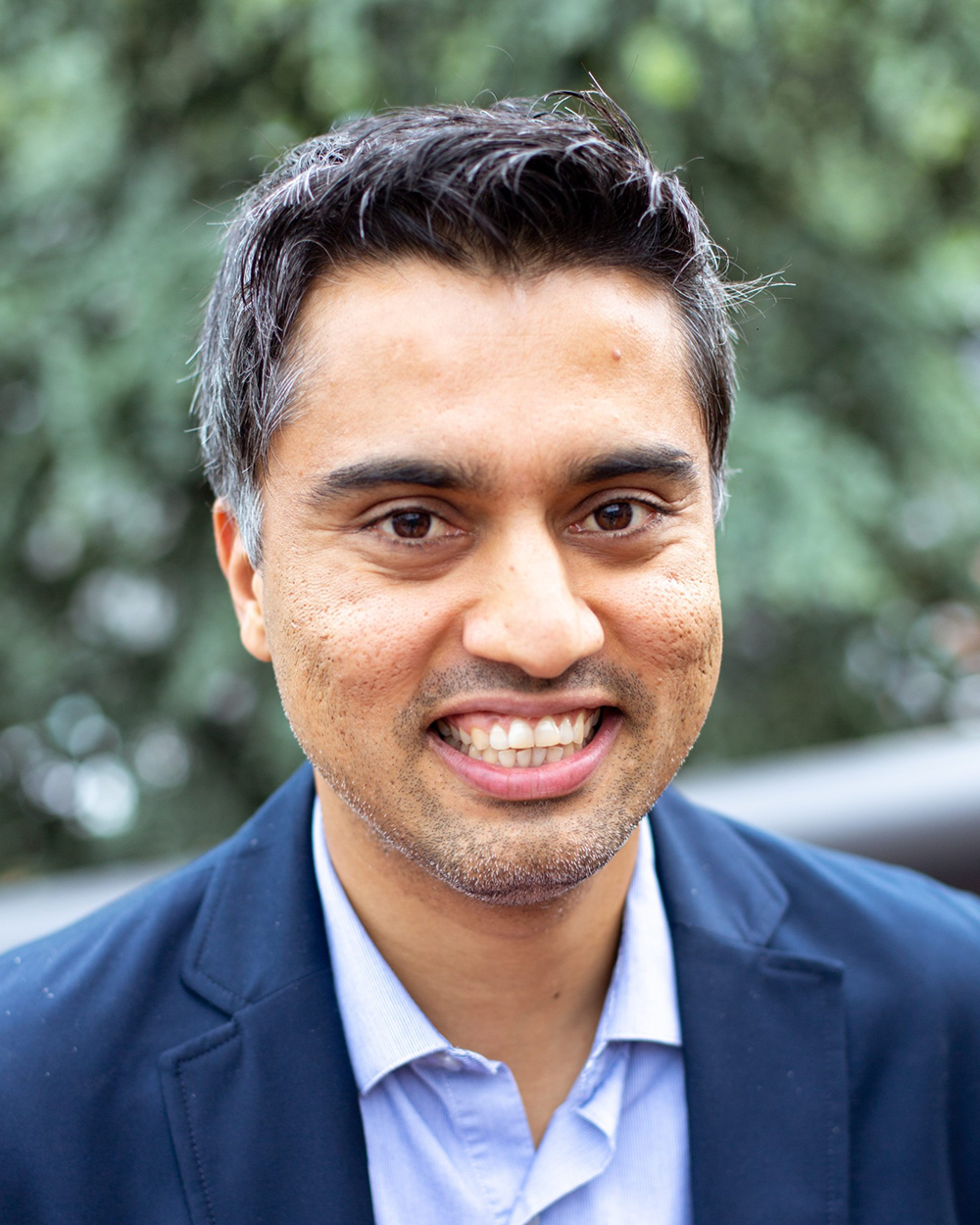
Ashim Subedee, PhD
What I do: I lead the Academic Innovation team at the NIH Small business Education and Entrepreneurial Development (SEED) Office and oversee and coordinate programs at NIH to foster academic innovation and early-stage product development including the coordination of NIH’s Proof-of-Concept Network that spans more than 100 universities and research institutions across 34 states and Puerto Rico.
Fun fact about me: Even though I grew up in Nepal (surrounded by the Himalayas), I touched snow for the first time in Washington, DC and, no, I haven’t climbed Mount Everest; though I did hike up Kyanjin Ri (15655 ft).
My favorite feature of my career: I get to support researchers as they turn their discoveries into healthcare solutions and enable the development of innovative technologies from academics as well as startups to help patients and improve human health.
My most common question: How did you make the transition from doing bench research to supporting healthcare product development?
I started my career transition with a non-research policy/management fellowship right after my PhD, called the Presidential Management Fellowship. The fellowship allowed me to learn the ins and outs of the NIH and FDA, gain leadership and management skills, learn about science policy and management, and figure out the right role for me at the NIH. The transition didn’t just happen overnight; I prepared for it over the years during graduate school by networking with tons of people, being involved in extracurricular activities, getting exposure to non-research/non-academic career paths, and invaluable support from many mentors.
Candace Tingen, PhD
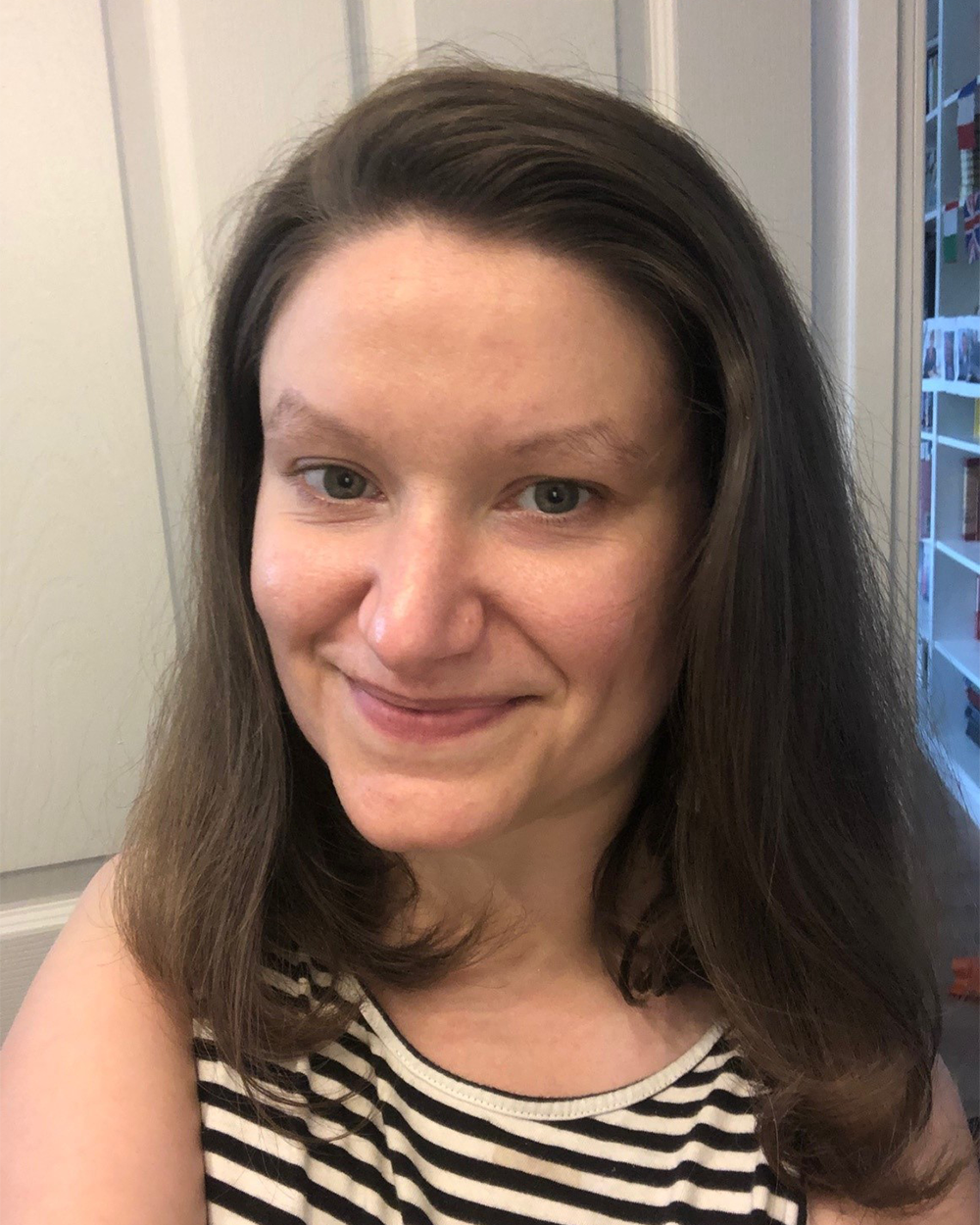
Candace Tingen, PhD
What I do: I am a program official (program officer/program director) for the Gynecologic Health and Disease Branch NICHD. My responsibilities include providing technical leadership, guidance, and management of a research grant portfolio that focuses on the physiology and pathophysiology of human female reproduction and benign gynecologic diseases, including uterine fibroids and menstrual disorders.
Fun fact about me: Twins run in my family: my mom and aunt both had a set of boy/girl twins, and so did I!
My favorite feature of my career: I love being able to interact with the science and the investigators. I hear about new ideas and breakthroughs before anyone else!
My most common question: How can I, as an intramural fellow, gain experience that could help me get a PO position?
- Go to USAjobs.gov and search for “Health Scientist Administrator (Program Officer)” like this one GS-12/13/14 Health Scientist Administrator (Program Officer/Scientific Review Officer). By going through the application process (you don’t need to actually submit!), you can see the qualifying questions that will be asked. Look at each question and try to think of experiences you can gain that will allow you to honest say you have done them IN SOME FORM.
- You can go ahead and take the NIH Core Curriculum and other PO training, which will be beneficial in showing your interest, initiative, and knowledge of the basics.
- You work at NICHD already, so take advantage of that and look for opportunities (like a tiny detail for a couple hours a week) to crossover and work with the Division of Extramural Research (DER) in some capacity.
Jolien Tyler, PhD
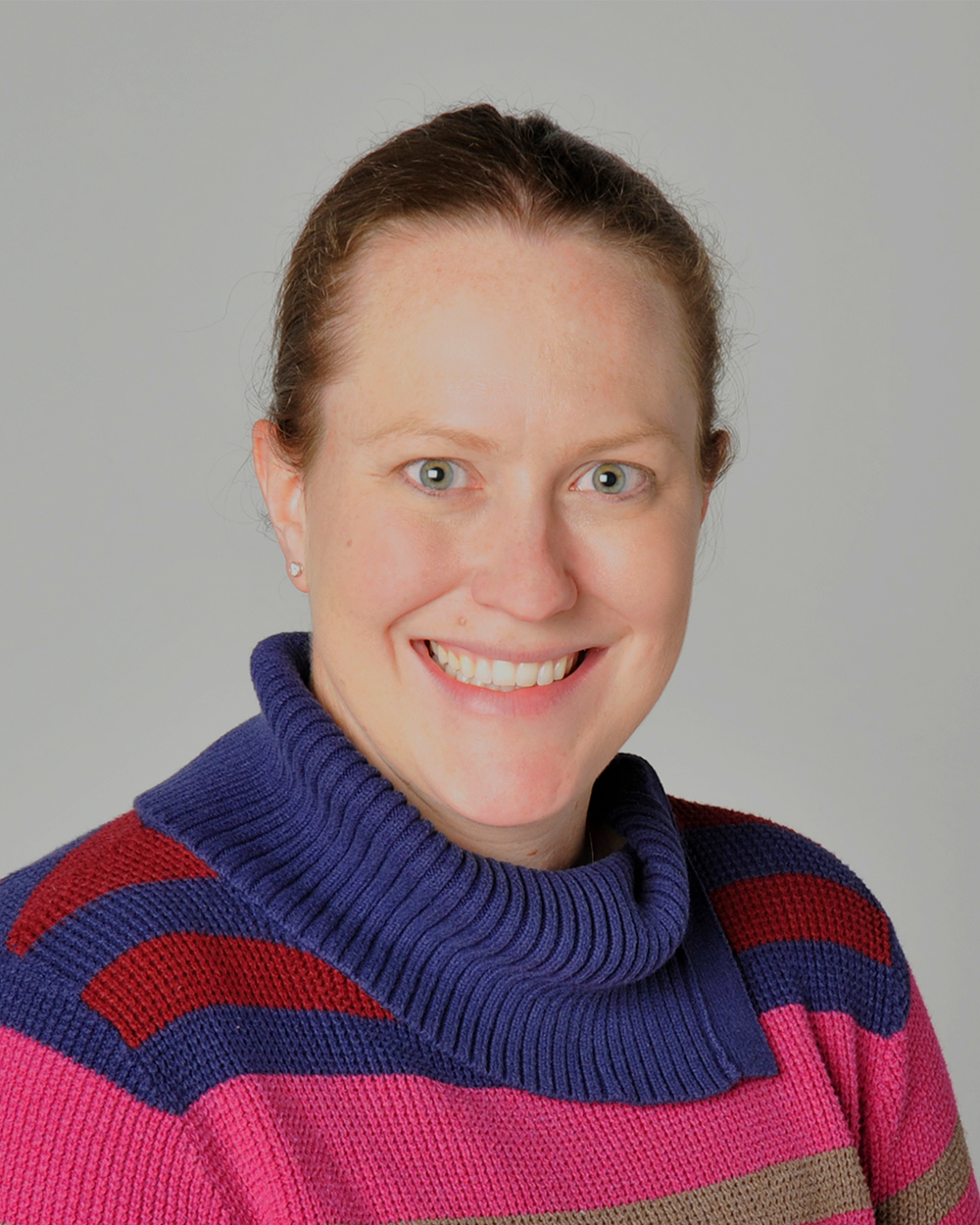
Jolien Tyler, PhD
What I do: A little bit of everything. I manage the Nikon Instruments field service team and the Quality Control staff for advanced biosystems, which includes confocal and super-resolution.
Fun fact about me: I was born in the Netherlands and speak English, Dutch, and Spanish.
My favorite feature of my career: My position affords me the privilege of helping to improve and streamline our internal processes. Instead of being frustrated by issues, I am able to communicate these to our management and institute meaningful change for the better.
My most common question: Variations on “How did I get from PhD to where I am now?”
A bit of serendipity and a lot of networking. Events like this one and conferences are a great place to “meet and greet,” learn about career paths, and find out who is hiring. The skills you learn during your PhD training are applicable outside of the research realm—knowing how to process, analyze, and present data to a broad audience is very valuable!
Jeremy Weaver, PhD

Jeremy Weaver, PhD
What I do: I design and perform experiments to develop and improve products for use in protein biology.
Fun fact about me: Despite being two years out of my postdoc, I’m still the youngest employee in R&D at my site. Also, I’m growing a butterfly garden in my backyard.
My favorite feature of my career: I am encouraged to innovate—and not just around the product area that I work in. I’ve submitted new product ideas for instruments and consumables that are being developed in other states and countries.
My most common question: How do you make yourself stand out in a pool of applicants?
Everyone can pipette—for PhD level scientists, the putative employer is looking for someone with bonus skills. These skills can be obtained through many different avenues: formal training, serving on the PTO (Parent-Teacher Organization), or organizing the fellows retreat can all be communicated in ways that show leadership, collaboration, or business acumen. Your resume should be very blunt about having these skills.
